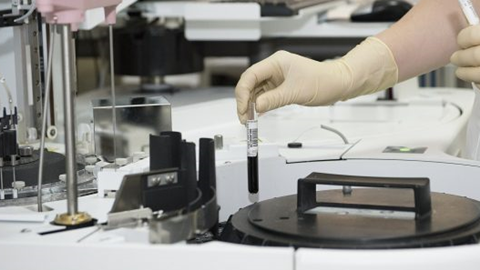US privately-held developer-investor Hines has unveiled plans to increase its exposure to life sciences properties on the back of strong fundamentals for this market segment.

In a statement, Hines said that it plans to become a leading investor and developer in this segment ‘by providing more purpose-built life science facilities in growing markets with state-of-the-art, operator-driven design and amenities’.
‘The life sciences sector is experiencing an era of unprecedented growth driven by a rise in both public and private funding combined with a post-pandemic sense of urgency and market opportunity,’ said David Steinbach, Global CIO at Hines. ‘As this industry surges, it is pivotal that developers keep pace by delivering spaces that are as innovative as the tenants occupying them. Hines is dedicated to delivering purpose-built facilities that meet the physical, functional and technological needs of the occupiers.’
New frontier markets
To continue breeding innovative outcomes, life sciences companies tend to cluster in cities where their facilities are near others whose academic approach or research methodologies may improve their abilities to produce treatments via collaboration provided in physical partner adjacencies. This shows why Boston and San Francisco have become industry behemoths, Hines said.
However, there are many new frontier cities, both globally and domestic, that are on the rise that can offer the convergence of financial funding, as well as academia and research/medical facilities including London, Boulder, Austin, Shanghai Salt Lake City and Pittsburgh.
Hines’ investment thesis is based on a confluence of factors that are driving the demand within the global landscape for life sciences real estate including the long-term demand for continuing innovation in medical research and the production of cutting-edge pharmaceuticals underlined by the pandemic.










